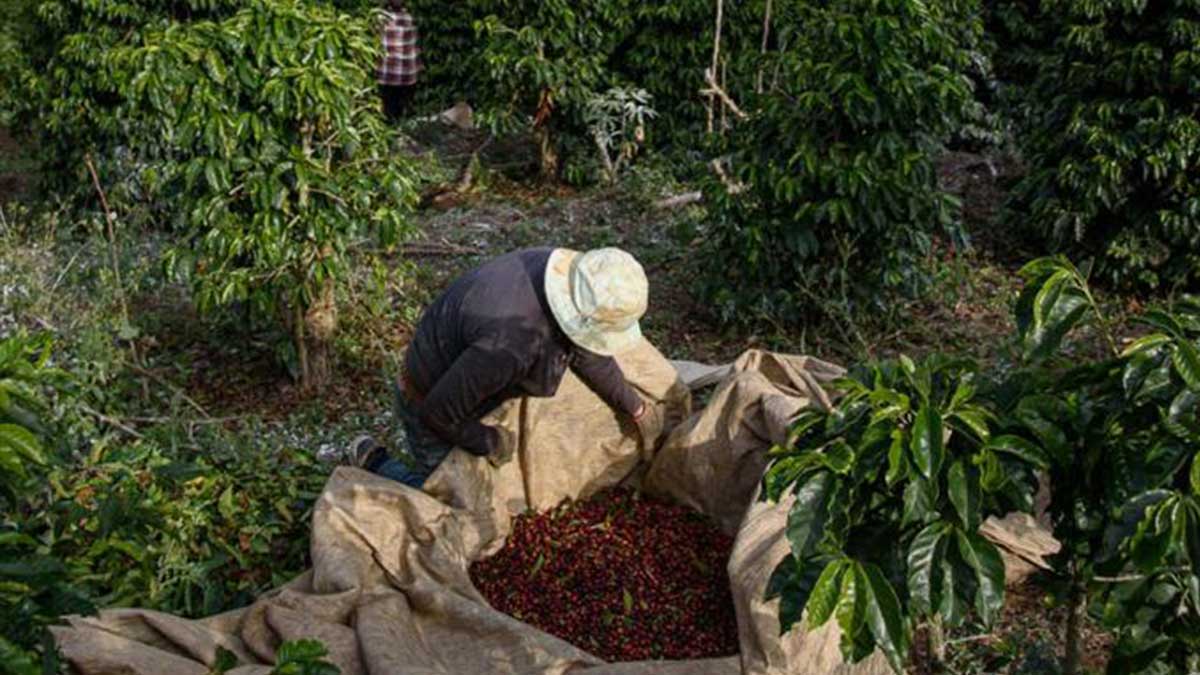
Until a few years ago, the coffee market, even that of specialty coffees, was primarily divided into coffee processed using the natural or the washed method. However, in recent years, new processing methods are being developed on plantations that aim to increase the aromatic complexity of coffee cups and constantly seek different and more interesting organoleptic profiles. This has led to the emergence of processing methods such as the Honey Process, and in recent years, a lot of experimentation has been done with different types of fermentations, especially anaerobic- ones, which are done inside sealed containers that do not involve the presence of oxygen.
What is coffee fermentation?
Fermentation is a process that naturally starts after a cherry harvest. If there is good humidity in the air, it can even start before. Inside the coffee cherry, yeasts, bacteria, and other microorganisms break down the sugar molecules.
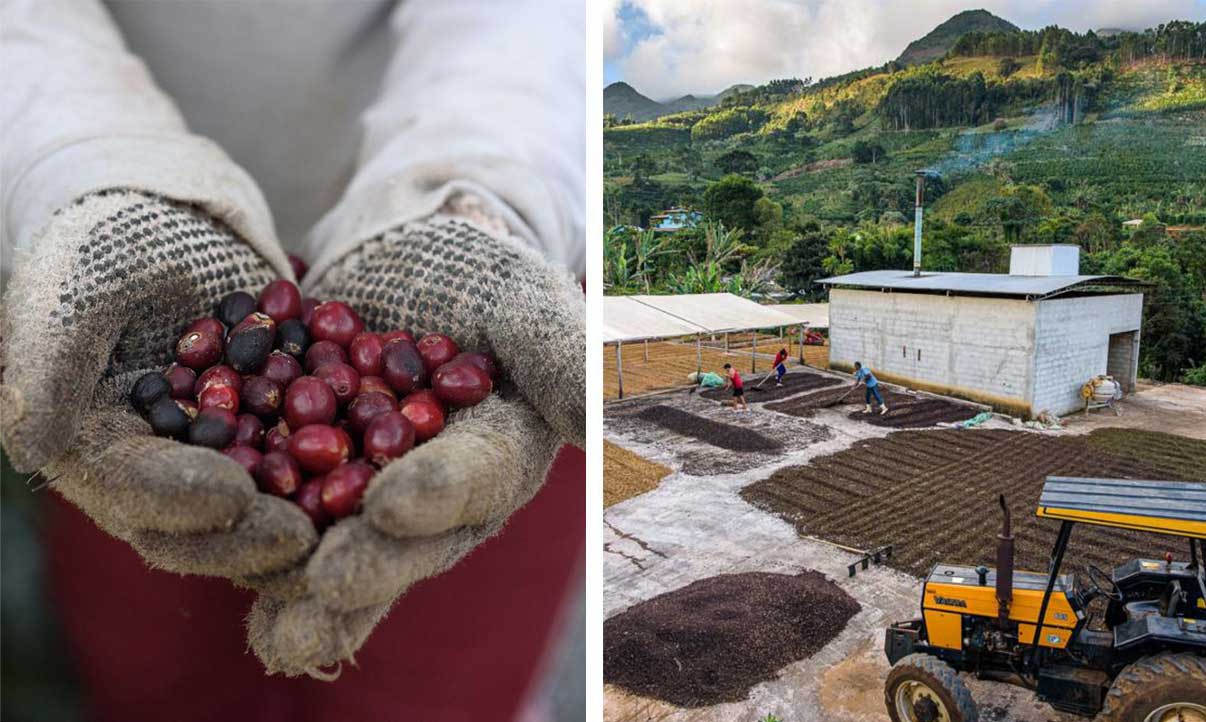
This process obviously produces acids and alcohols that can greatly influence the flavor of coffee. Fermentation is a very delicate process that can be accelerated or slowed down by various environmental factors, such as temperature, humidity, and the presence or absence of oxygen, for example. Poor fermentation can lead to defects, moldy or fermented flavors. Therefore, controlling fermentation is absolutely crucial.
In recent years, the anaerobic fermentation process, known as carbonic maceration, has been developed, often resulting in truly unique coffees.
This development has occurred in the last 10 years, thanks to the growth in knowledge and interest of specialty coffees. Previously many farmers were focused on drying coffees as quickly as possible, without exploring the microbial wealth that exists in the coffee pulp and that can be “tamed” through fermentation, controlling and calibrating flavors and results.
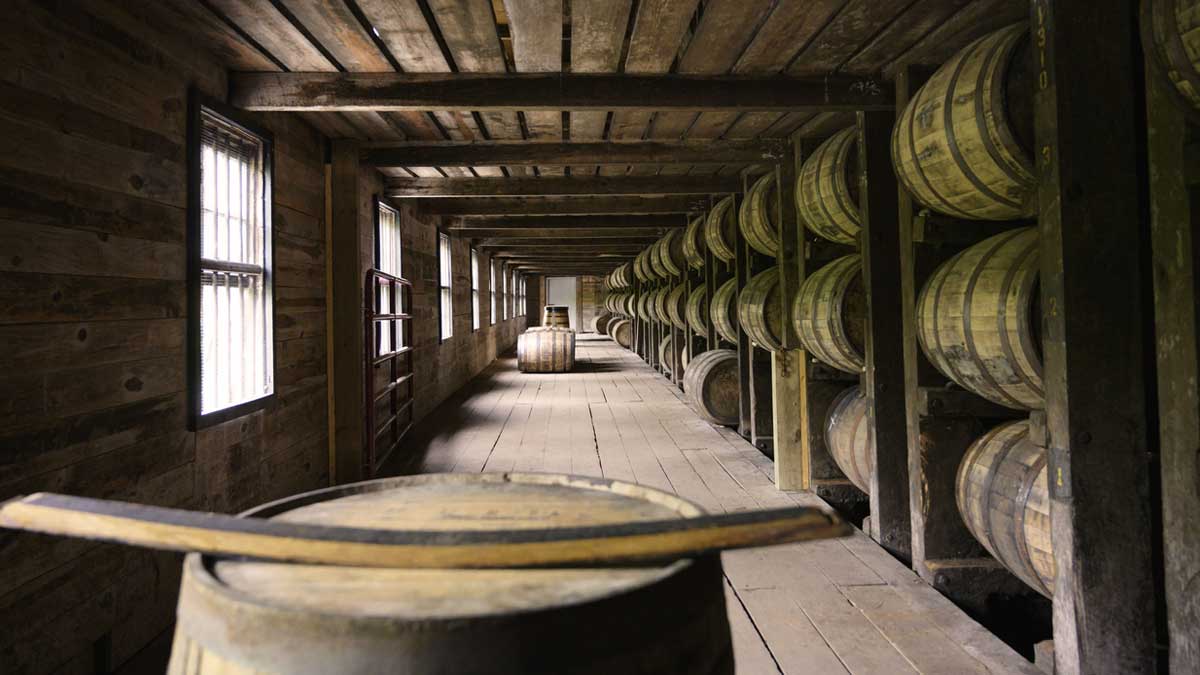
At Caffèlab, we’ve been able to intercept this trend over the years and, thanks to our close collaboration with our farmers, we were able to anticipate this trend, creating unique coffees, such as the Colombia Rum Barrique, made with coffee grown in the Caldas region, aged in Rum barrels, that give the beverage intense and unique aromatic characteristics.
Adding fruit to fermentation
One of the latest trends in coffee processing, to increase the aromatic complexity of the cup, is definitely the addition of other fruits during the fermentation processes. Whole fruits or extracts, such as strawberry, peach, tropical fruits, banana, or mango, can be added to the coffee cherries tank during fermentation to add new layers of flavor and complexity in the cup.
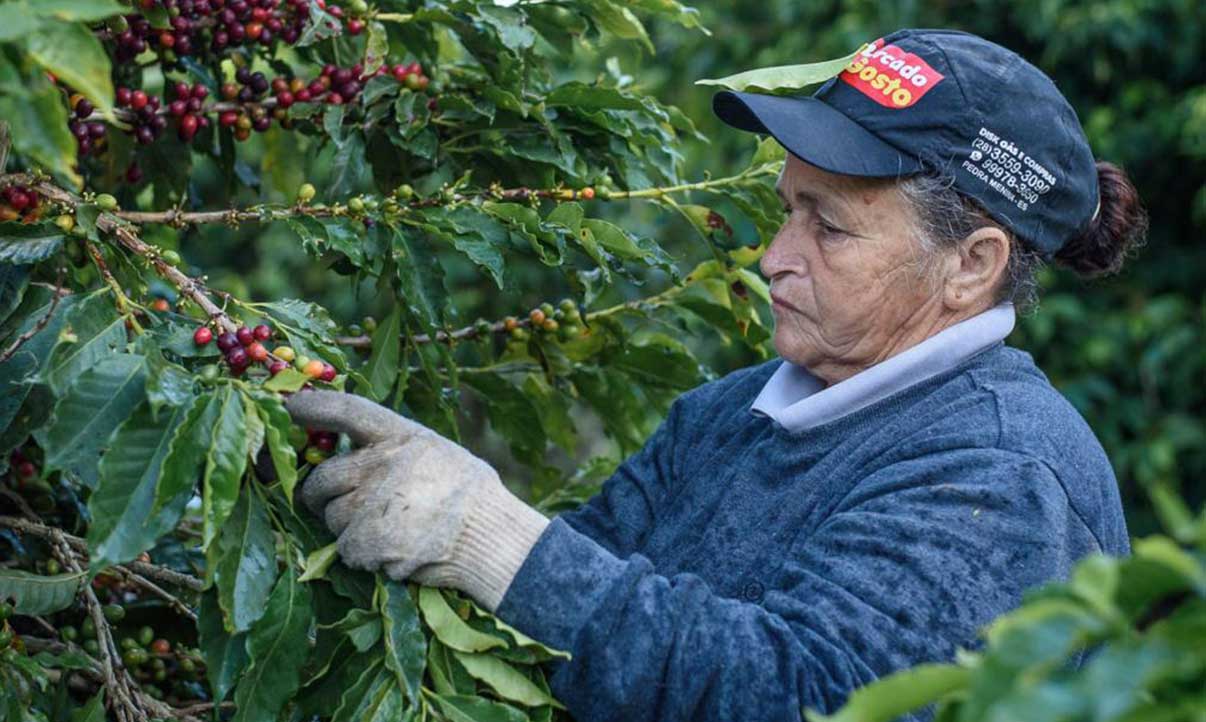
Our Brazilian “Salada de Frutas” coffee
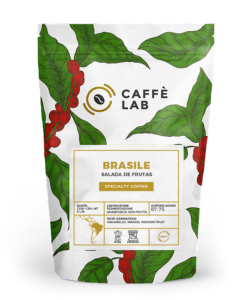 This fermentation process is the one used for the production of CaffèLab’s new Brazilian coffee “Salada de Frutas”, grown in the region of Minas Gerais at 1300 meters above sea level in the fazenda Santa Rita, by father Jhone Milanes and his son Tarcisio. Harvested entirely by hand, this lot is made up of beans from the Yellow Caparaò variety and Red Catuai. After harvesting, it undergoes an anaerobic fermentation of 40-60 hours with tropical fruits (Banana, Jackfruit, Mango and Passion Fruit; hence the name “Salada de Frutas”, or “fruit salad”) inserted hermetically before closing
This fermentation process is the one used for the production of CaffèLab’s new Brazilian coffee “Salada de Frutas”, grown in the region of Minas Gerais at 1300 meters above sea level in the fazenda Santa Rita, by father Jhone Milanes and his son Tarcisio. Harvested entirely by hand, this lot is made up of beans from the Yellow Caparaò variety and Red Catuai. After harvesting, it undergoes an anaerobic fermentation of 40-60 hours with tropical fruits (Banana, Jackfruit, Mango and Passion Fruit; hence the name “Salada de Frutas”, or “fruit salad”) inserted hermetically before closing
